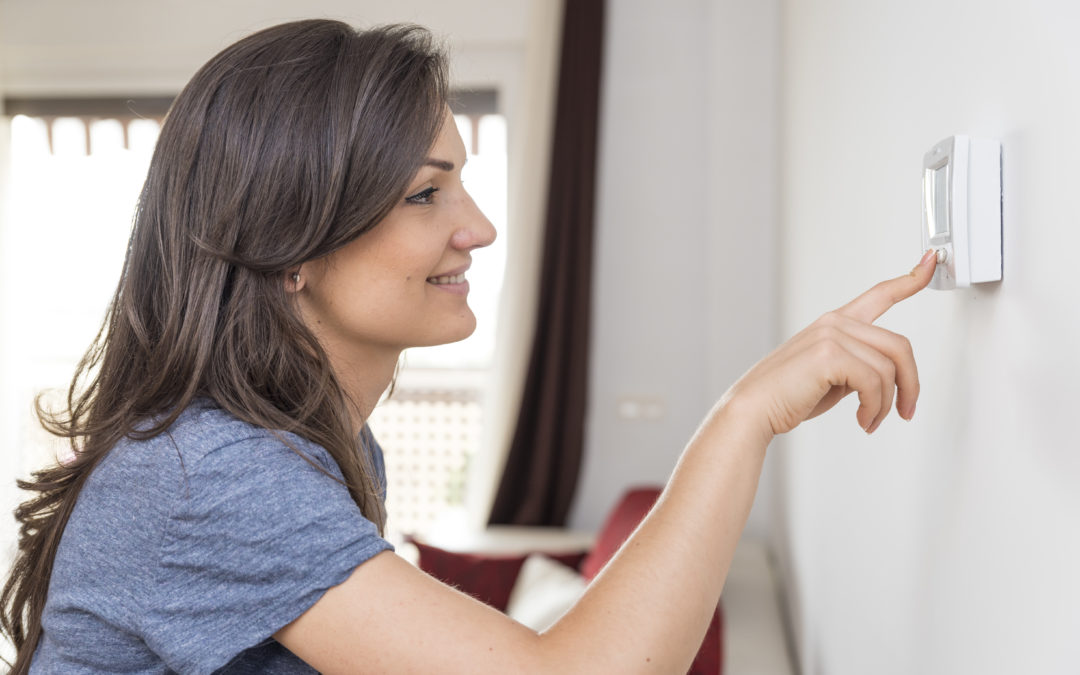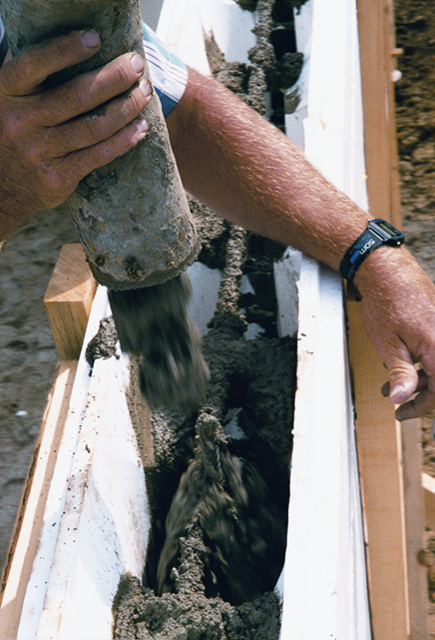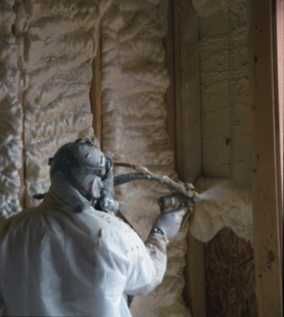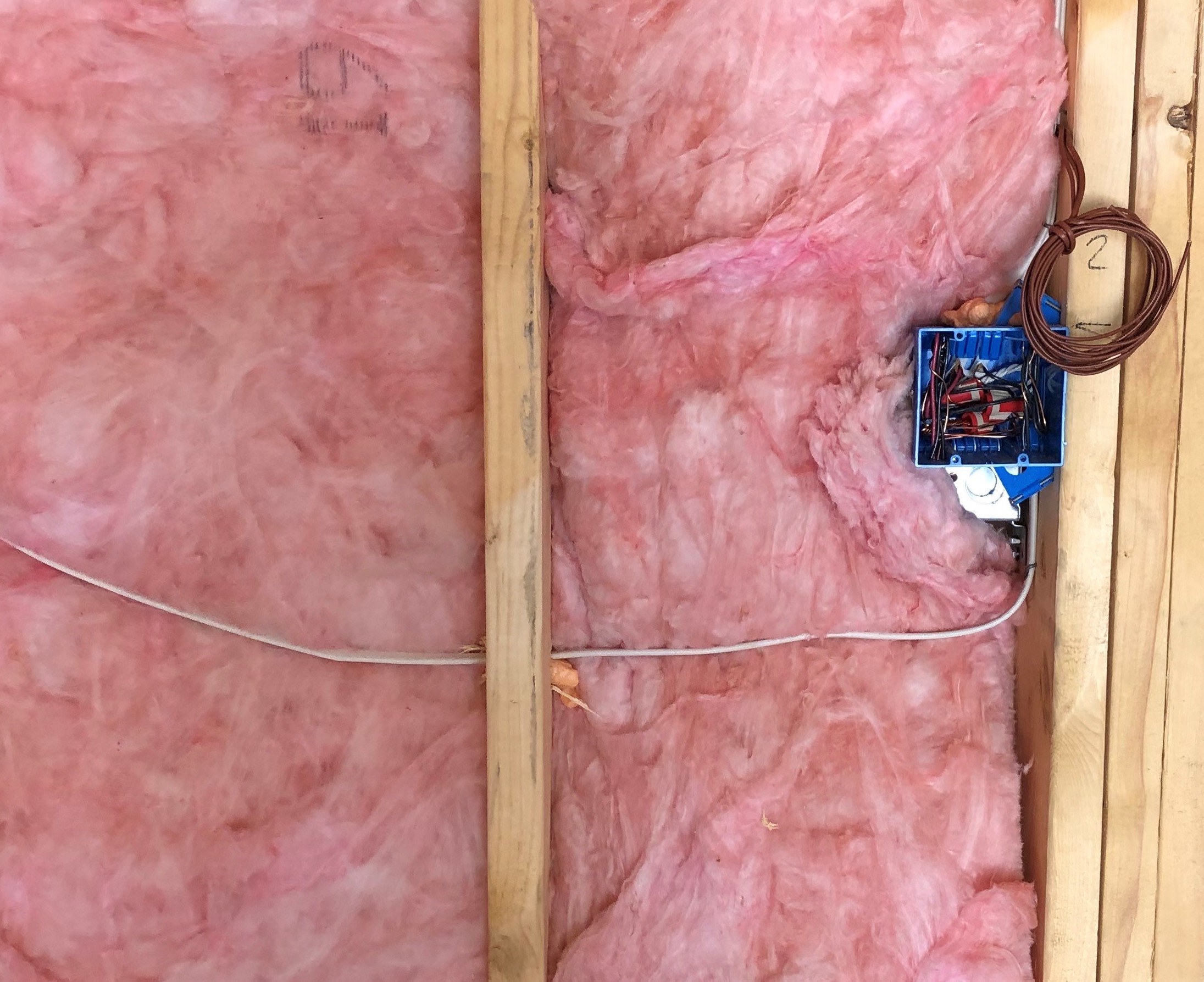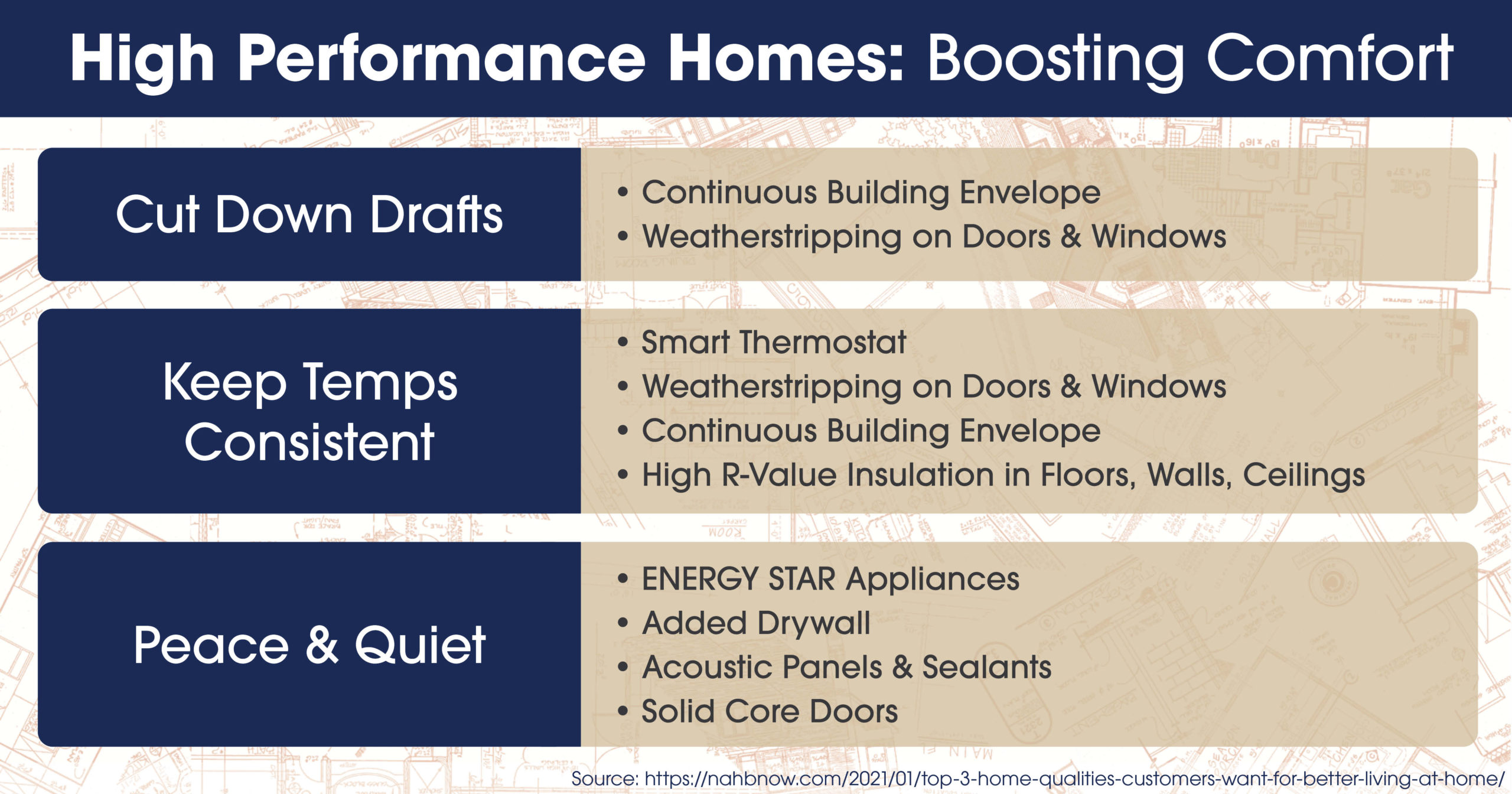Making Your Home Buying Decision Easier
You want a new, comfortable home. A dream come true where the indoor environment is always perfect, and the loudest sound you hear is the clock ticking.
But there are so many other priority issues competing for your attention and your wallet when having a new home built, that comfort often takes a backseat. Later, regrets replace the excitement, as the bedroom’s too hot and too noisy to get the sleep you need.
Fortunately, you don’t have to trade off comfort to achieve goals such as energy efficiency or being environmentally responsible. Increased comfort is one of the outcomes of building a high-performance home. Tighter, better-insulated homes minimize irritating drafts and unwanted noise, while properly designed and installed HVAC systems help maintain consistent temperatures throughout your home. Then, with energy-wise, environmentally-friendly construction having gotten you a long way towards your comfort objectives, the remaining opportunities are easier to focus on and address.
Air Sealing + Insulation
Typically, the “greenest” decision you can make in building a new home is to make it more energy-efficient. Using less energy means burning fewer fossil fuels, which in turn dramatically reduces greenhouse gasses. The first step is to minimize air leakage through walls, roof, window, and door openings. Then, insulation can do its job of keeping outside temperatures from tyrannizing your indoor environment.
Stopping air leakage and properly insulating your home is referred to as creating a “continuous building envelope”. Building exterior walls with Insulated Concrete Forms (ICFs), or using Structural Insulated Panels (SIPs) for exterior walls and roofs are both excellent solutions for creating a continuous building envelope and a high-performance home. Though traditionally thought to be slightly more expensive than conventional construction, when lumber prices skyrocketed in 2021, the popularity of these building systems surged.
Still, most homes are built with 2×4- or 2×6-inch exterior frame walls with trussed or hand-framed roofs. Failing to implement air sealing methods would be like driving around Minneapolis in the winter with your windows rolled down. While your car’s heater might be blowing warm air full blast, that warm air quickly escapes and you’re shivering. Common new home air sealing solutions include: “house wrap” products; weatherstripping around windows and doors: taping all seams as well as around penetrations such as pipes, and carefully filling gaps with caulk or spray foam. Such steps also help control moisture levels in your home.
The better the air-sealing, the “tighter” your new home will be, and the better your insulation can work. While more expensive than common insulation products, spray-in foam insulation expands, filling gaps in the exterior framing. Insulation effectiveness is measured in R-value (resistance to heat transfer through the insulation material). The higher the R-value, the better that product is in keeping your home comfortable. Today’s more stringent residential energy codes have led many builders to choose to build their homes with 2×6-inch exterior walls because those thicker walls can hold more insulation. (Note, compared to building with 2×4-inch exterior walls, interior rooms in homes with 2×6-inch walls will be slightly smaller.) Fiberglass rolls and pre-cut batts, are the most common type of insulation and generally work well if an effective air sealing approach has been used. However, in corners, uneven surfaces, nooks and crannies, these fiberglass products are difficult to install and can result in voids which can translate to cold spots. Fiberglass can also be blown-in, as with cellulose insulation, better addressing the hard-to-insulate areas. While a little bit more expensive, cellulose delivers a higher R-value than fiberglass.
In addition to high-performance air sealing and insulation, energy-efficient windows and exterior doors complete the exterior product decisions. Having created a fairly airtight home, care needs to be taken in properly designing and sizing your home’s HVAC system to deliver the warm or cool temperature you desire. Defaulting to the “rule of thumb” for sizing heating and cooling equipment in a well-insulated home can result in oversized (and more costly) equipment and ductwork which will cycle on and off quickly and inefficiently.
Humidity
Not to be overlooked, humidity levels in your home affect your comfort (and health!) With drier wintertime air, a power humidifier can add moisture to the air in your home, making it feel warmer. In warmer months, your air conditioner helps reduce humidity in the home. Properly-sized bathroom exhaust fans and kitchen range hoods, vented directly outside, will expel the excess moisture from those steamy showers and pots of boiling pasta.
Unlike the old “programmable” thermostats (which few of us ever learned to “program!”) smart thermostats such as Google’s Nest and Ecobee “learn” your comfort preferences and factor in humidity levels to help maintain the optimum indoor environment. Rather than the crude settings of standard thermostats, these smart alternatives can help save more than 20% on utility bills and are compatible with many related smart home products and systems.
Peace and Quiet
Once you consider it, it seems obvious that filling the gaps in exterior walls should reduce unwanted noise – and it does! (More on quiet construction aspects here.) Essentially, the more airtight the home, the more soundproof it is from external noise such as vehicles, lawnmowers, and loud neighbors. Beyond that, enjoying a quiet home focuses on a few key decisions to help control sounds within the home. Carpeting with pad and higher quality luxury vinyl planks and tiles with sound-absorbent pads help reduce the sound of people walking around. Acoustic wall mats, sound deadening drywall, and even traditional wall insulation products can all help minimize the sounds emanating from a home theatre or toilet flushes from a bathroom. Solid core doors block much more noise than hollow-core interior doors, and quiet, Energy-Star rated appliances and bath fans, as well as quiet garage door openers, can contribute to achieving serenity in your home. (More on quiet product choices here.)
High-performance home building is the key to your comfort, along with benefitting our entire nation! But because the term high-performance home building has many definitions, each with its own solutions, the plethora of options has led to confusion. To make your home buying decision easier, the National Association of Home Builders published a list of essential components of a high-performance home (see excerpt at right). Join us for our next post as we look at the related topic of wellness – another quality of a high-performance home!
For more resources on thoughtful design and products:
- View other articles on our blog
- Browse our Her Home™ Magazine
- Thoughtful Design Concepts
